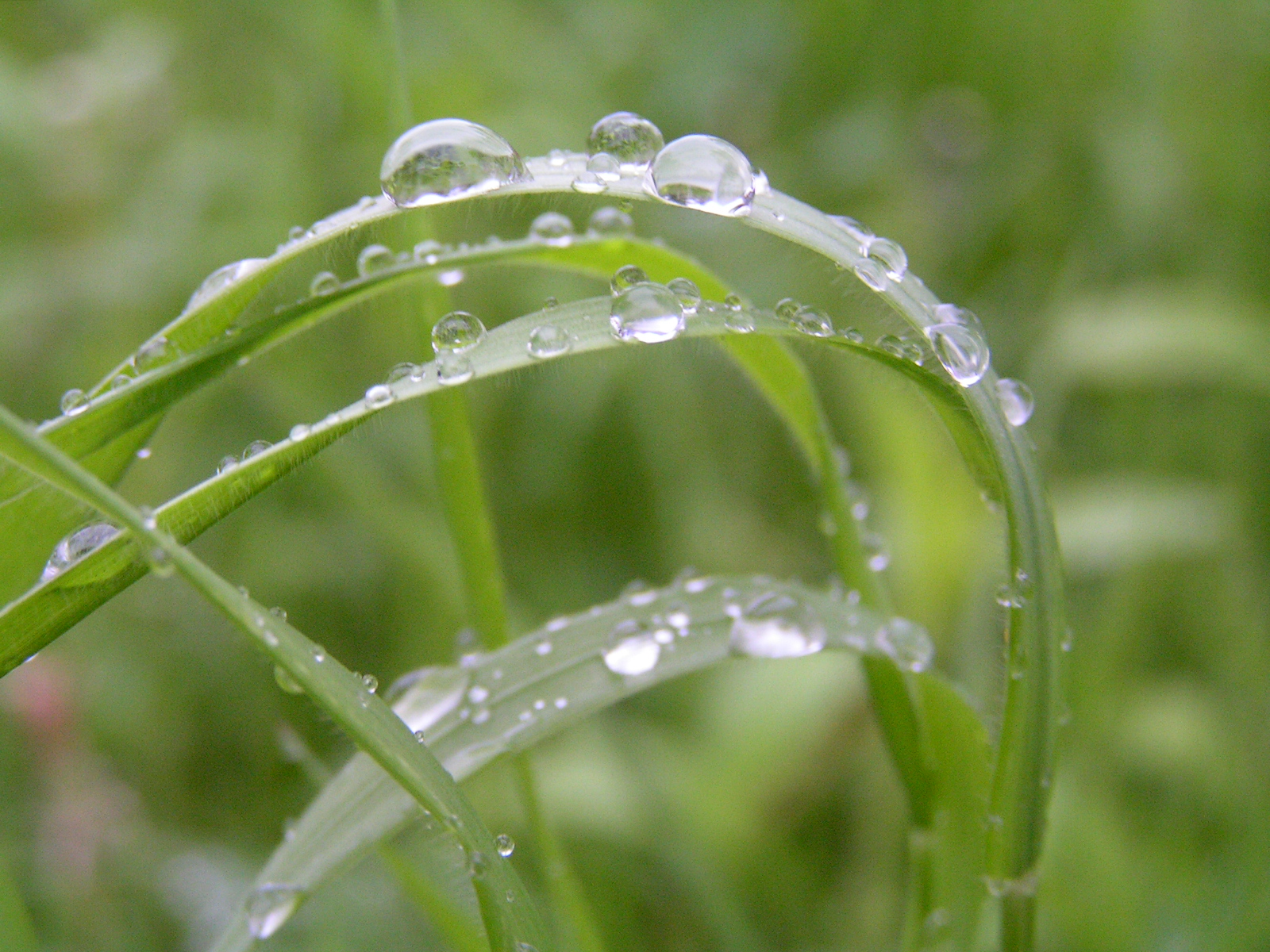 |
| news | photo: mconnors |
Non-fermented probiotic milk and juice - As I've talked about before on this blog, fermented foods and probiotics are especially beneficial to our health. This new functional food is not yet on the market so I can't get a look at a label to give you information about it. However it does appear that alginate, a seaweed, is being used for the thickener. For some this will be a problem. In the meantime, if you are interested in adding healthy probiotics to your diet, it is easy to add fermented dairy such as yogurt and kefir as well as fermented beverages such as kombucha, kvass, and water kefir.
NY trans-fat ban has cut consumption - Mayor Bloomberg received a lot of flack for this initiative back in 2008. Not necessarily, as I understand it, that much from consumers (who were still somewhat confused by the whole trans-fat issue) but from food producers. They all claimed that it wouldn't work, that the consumers would be unhappy because of the changes, and that it would be difficult to do. Four years later it appears to be working. Trans-fat consumption is down. Although saturated fat consumption bumped up modestly, it was not nearly to the degree of reduction in trans-fats. Although there are no specific numbers that I could find, given the link between trans-fats and cardiovascular disease, this reduction most likely also reduced cardiovascular disease levels.
Put the apples where the chips are - I have to admit that I give Mayor Bloomberg a lot of credit. It's difficult to get people to change the way they think about food. His latest campaign is to try changing the eye-level and check-out locations of foods, replacing the unhealthy options like chips and candy with whole foods like apples and bananas. It's a voluntary pilot program being run in the Bronx, which apparently has an obesity rate of 70%. While some people are against this proposal it does not seem to be drawing nearly the same ire as his soda ban. I'm not sure that this will change the way people shop, but perhaps it will encourage them to reconsider the choices they are making. I'm very sure that the grocery stores and the junk food manufacturers are not going to be happy with this as grocery placement is a science and this will potentially be a huge hit to their profitability.
And one more for Mayor Bloomberg who wants to put baby formula under lock and key at the hospital. This is part of the Latch On Initiative which aims to convince more mothers to breast feed their babies. I have written about breast feeding here and here; long time readers will know I am a big proponent of it. Not only is breast feeding best for the health of your baby (they have reduced incidence of allergies and infections and increased support for gastrointestinal health) it's also good for mom helping to reduce her lifetime risk of developing ovarian and breast cancers. While some women are unable to breast feed I am happy to see that they are at least encouraging it and hopefully more will choose to do so.
GMO apples - I've written about this a few times, mostly on my Facebook page. The purpose of this apple is to keep it from oxidizing (turning brown) when it's cut open. The company claims this will also prevent minor bruising from showing up. As readers to this page will no doubt already have figured out, I am opposed to this. First of all I do not believe we need to be producing any GM food. Secondly I believe this is a really silly thing to GM as a squeeze of lemon juice accomplishes the same purpose without the need to interfere with the food. The document showing where to write or call to share your opinion on this product is located here.
High Intensity Training for both weight loss and cardio - Many people don't like going to the gym or the amount of time they think they have to spend there in order to lose weight and/or get in shape. High Intensity Training can significantly reduce your cardio time. And for those who don't want to even go to the gym you can do it at home if you have an elipse machine, a treadmill, or even an X-iser. Here's a video of how to use an X-iser at home.
Not reading anything this week as I continue to work on the campaign to publish my book. Yes (happy dance), a book. It's called The Pantry Principle: learning the read the label and understand what's in your food. This book not only talks about different categories of additives, but also covers the concepts of making different choices at the grocery store that will allow you feed yourself and your family better. There are even a number of tasty and delicious recipes included in the book. Currently I'm pre-selling The Pantry Principle in order to raise the funds I need to hire a Copy Editor and a Layout Design Artist. I want to get this book off the presses and into your hands. If you are interested in knowing what you are eating, in making healthier choices for yourself and your family, please contribute to my campaign and help me publish the book.
disclaimer: cmp.ly/5










